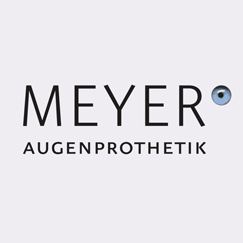In Germany, Prof. Dr. Adelmann (1807-1884) from Würzburg and the glassblower Ludwig Müller-Uri (1811-1888) from Lauscha contributed decisively to the development of an exact glass prosthesis.
Motivated by the perfect doll and animal eyes manufactured in Lauscha, Adelmann contacted Müller-Uri, who lived there, and inspired him to produce his own glass eyes.
In 1835 Müller-Uri achieved his first successes; a few years later his products equalled the quality of the eyes made in Paris and soon surpassed them in beauty. In collaboration with other glass masters, in 1868 he invented cryolite glass, creating a milestone in the history of eyes prosthetic. The advantages of this new type of glass fulfilled all medical and optical requirements – and still do today.
Our institute also uses mainly cryolite glass, as well as bone glass.
In Germany, Prof. Dr. Adelmann (1807-1884) from Würzburg and the glassblower Ludwig Müller-Uri (1811-1888) from Lauscha contributed decisively to the development of an exact glass prosthesis.
Motivated by the perfect doll and animal eyes manufactured in Lauscha, Adelmann contacted Müller-Uri, who lived there, and inspired him to produce his own glass eyes.
In 1835 Müller-Uri achieved his first successes; a few years later his products equalled the quality of the eyes made in Paris and soon surpassed them in beauty. In collaboration with other glass masters, in 1868 he invented cryolite glass, creating a milestone in the history of eyes prosthetic. The advantages of this new type of glass fulfilled all medical and optical requirements – and still do today.
Our institute also uses mainly cryolite glass, as well as bone glass.

